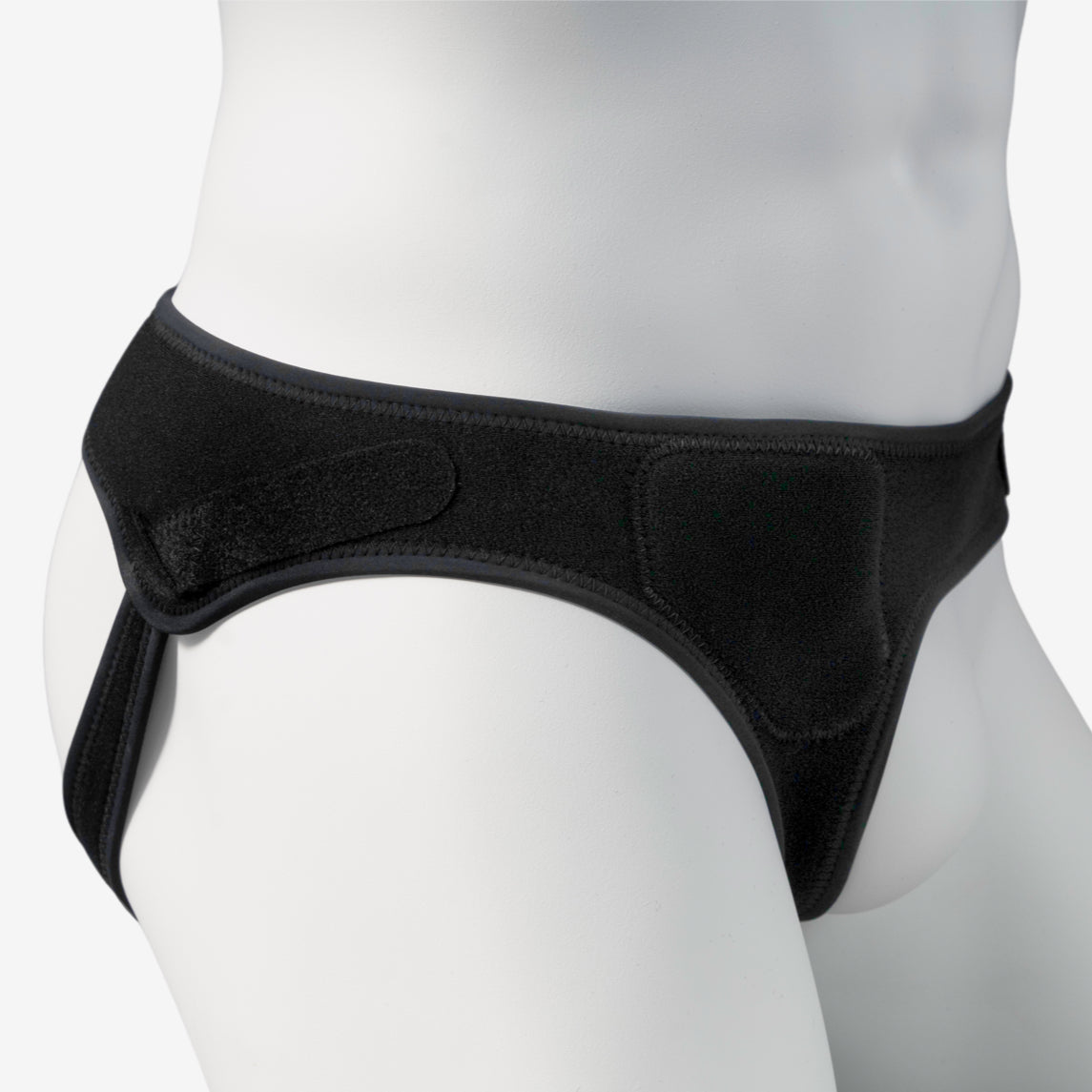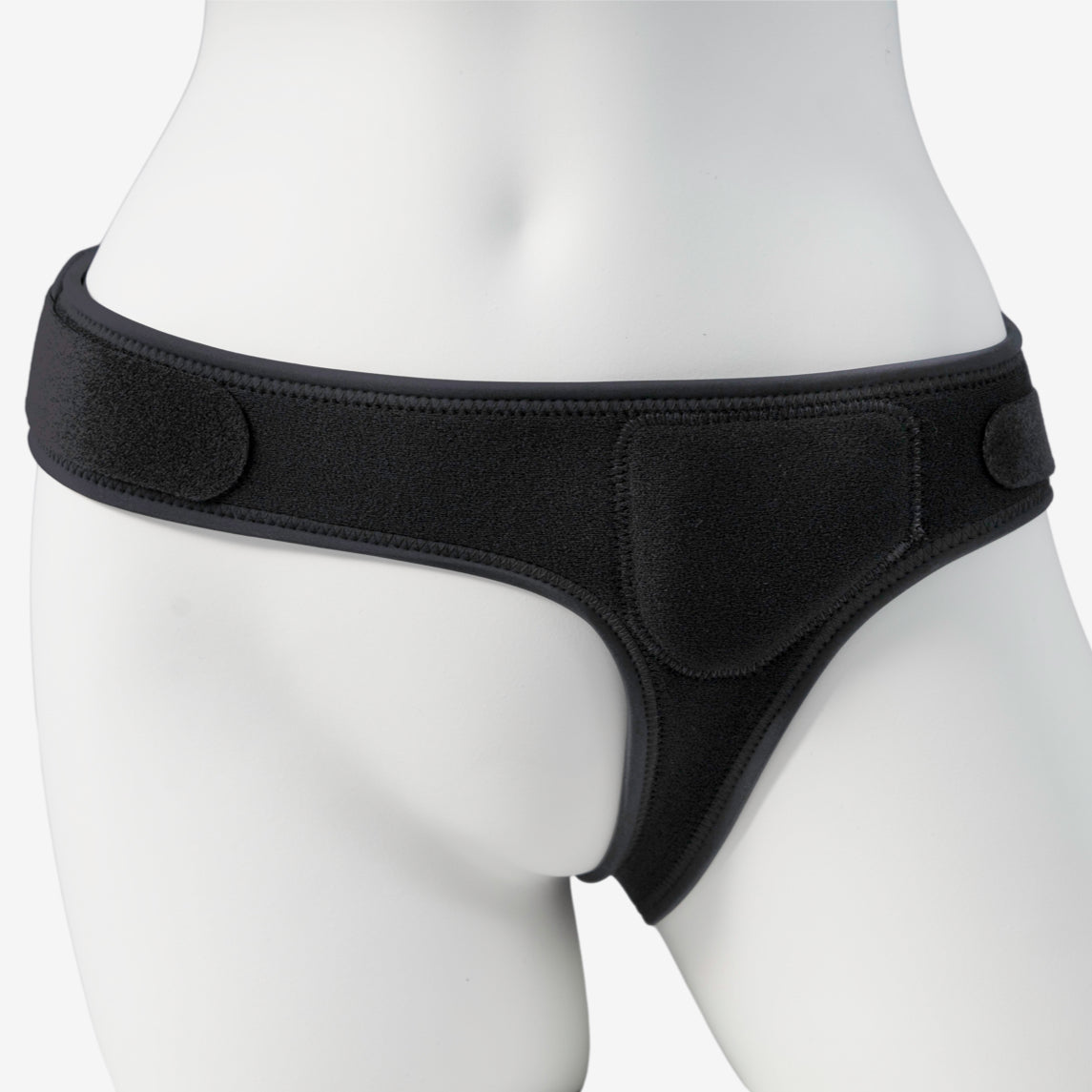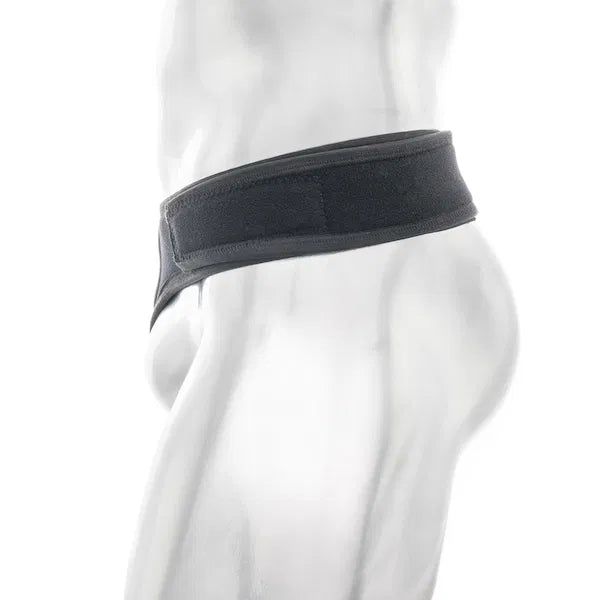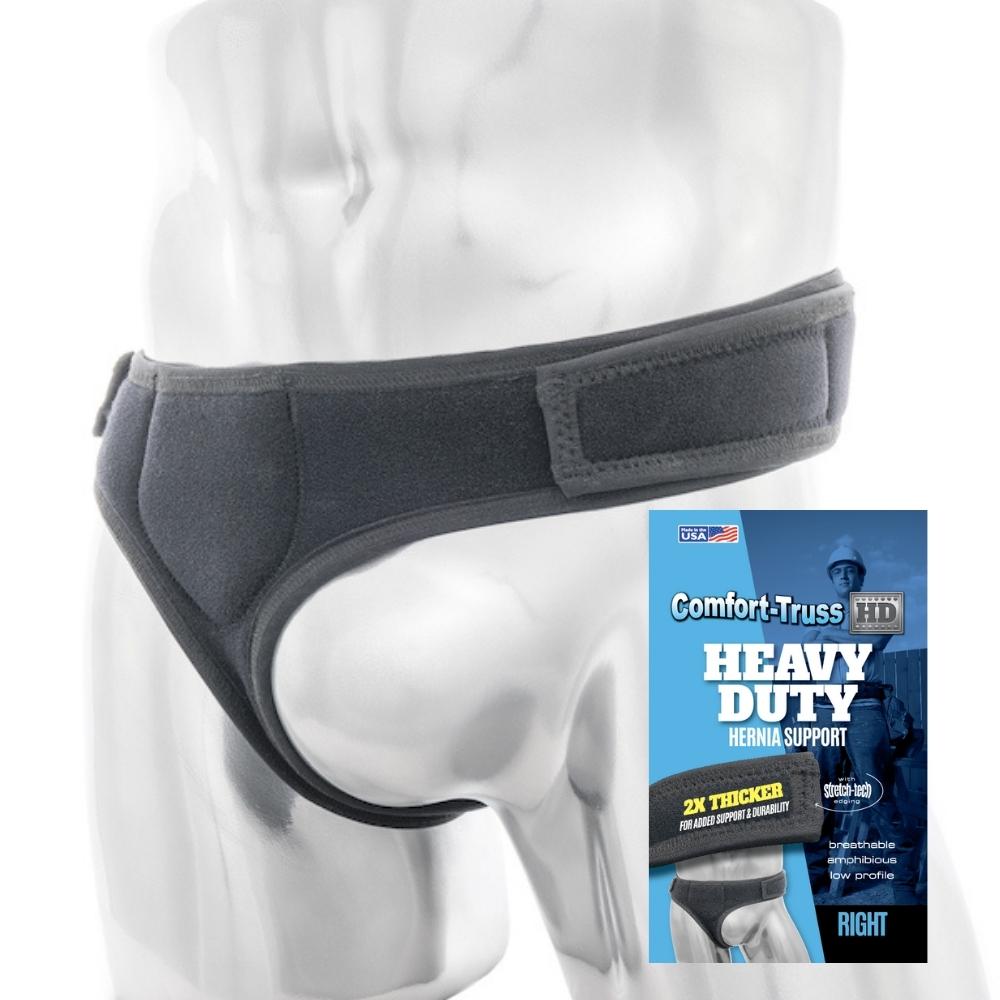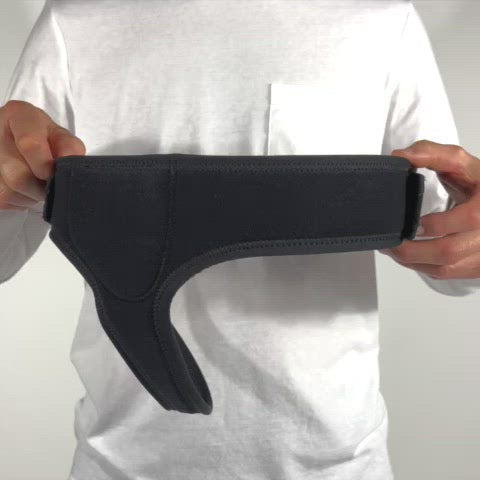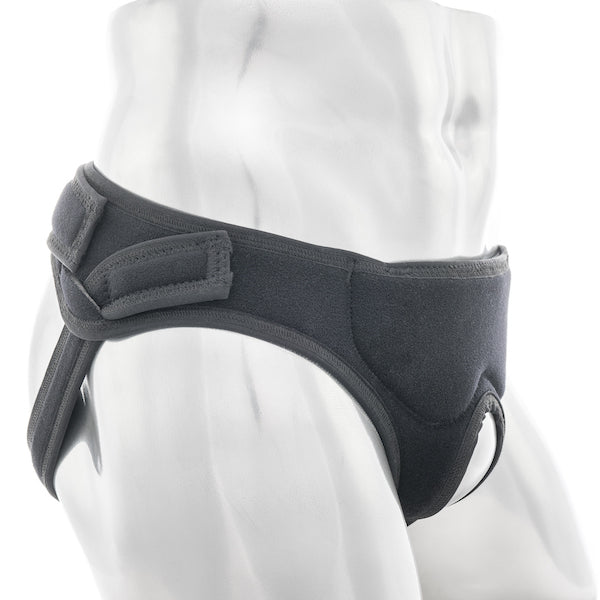What Does an Abdominal Hernia Feel Like?

Abdominal hernias, or ventral hernias, can cause a wide range of symptoms, from mild to moderate discomfort or no discomfort at all. The symptoms can really run the gamut. So, what DOES an abdominal hernia feel like if you have one?
This article will go over what an abdominal hernia will feel and look like so you can catch these easy-to-miss red flags. Also, we'll explain how a Comfort-Trust support belt can help give you some relief if you have already developed a hernia.
What Is an Abdominal Hernia?
Also known as a ventral hernia, an abdominal hernia is a small opening in the abdominal muscles which allows the inner lining of the abdomen to protrude, often in vulnerable areas of the abdominal wall like your belly button or areas where you have surgical incisions.
What Are the Symptoms of an Upper Abdominal Hernia?
An upper abdominal hernia can result in a wide range of symptoms ranging from mild to extreme. Below, we will look at seven of the most common ventral hernia symptoms you may feel.
- Pain: Pain when coughing or heavy lifting is probably the symptom most associated with an abdominal hernia. However, many people have hernias and experience very little, if any, pain. Abdominal pressure when you bend down, or tightness in the groin or abdomen, can also indicate a possible hernia.
- Weakness: Experiencing muscle fatigue or weakness in your upper leg or groin may be a sign that you have a ventral hernia.
- Nausea and Vomiting: An upset stomach, including nausea and vomiting, can be caused by an abdominal hernia.
- Fever: Having a hernia and a fever can be a dangerous combination. The two together may be a sign that you have a strangulated hernia, meaning the abdominal muscle has clamped down around the herniated tissue and there is not enough blood flowing to it. Contact a doctor as soon as possible if you experience this.
- Heartburn: An abdominal hernia in your upper abdomen can cause stomach acid to leak into your esophagus, causing symptoms similar to heartburn.
- Feeling of Fullness: A hernia can cause you to feel bloated, as if you had just eaten a huge meal. You may also feel pain in your lower abdomen and groin along with the bloated feeling.
- Constipation: Ventral hernias can cause blockages in your large intestine which lead to constipation or difficulty passing gas.

What Does an Abdominal Hernia Look Like?
If you do have a ventral hernia, there are a few tell-tale physical signs to watch for.
- Stomach Bulge: A soft stomach bulge is one of the most common, and most obvious, signs that you have an abdominal hernia. The bulge is caused by the abdominal lining, and it's possible the contents are pushing through the abdominal muscle wall. In most cases, these bulges tend to be small and may vanish when you push them back into your body or lie down.
- Redness or Inflammation: A strangulated hernia can cause a dark red inflammation that is very tender to the touch.
A Proactive Approach to Managing Your Hernia
George Hirst, the founder of Comfort-Truss, was able to manage his hernia without surgery. Using a hernia belt he devised for himself, and by making certain lifestyle changes, he was able to reduce his hernia to the point where he is now asymptomatic. You can learn the techniques George used to deal with his hernia and see how they can help you. The Proactive Approach to Hernia Intervention has everything you need to head down the right path to managing your hernia.

George Hirst
George Hirst is the creator of the Comfort-Truss hernia belt and the voice behind its blog. As an athlete determined to continue living an active life without surgery, and frustrated by the lack of comfortable, functional options after his own hernia diagnosis, he developed a solution that could keep up with an active lifestyle. His writing draws on deep personal experience, insights from a large community of hernia sufferers, and a commitment to helping others manage their condition without giving up the activities they love.






